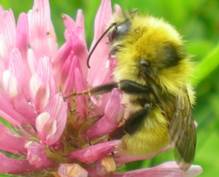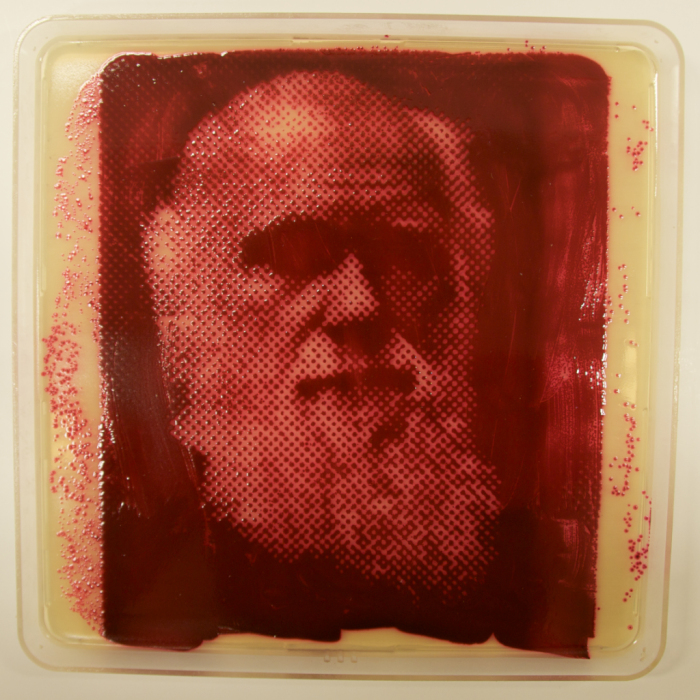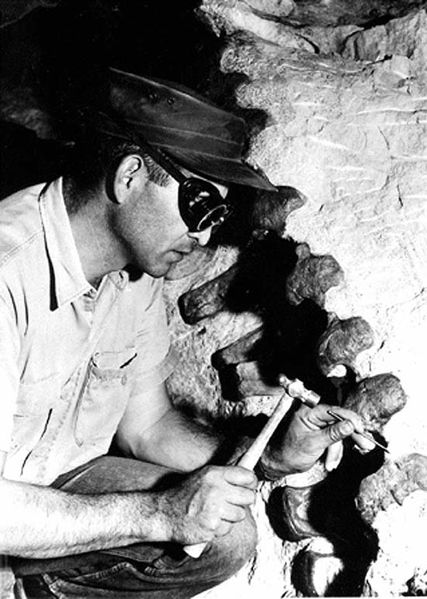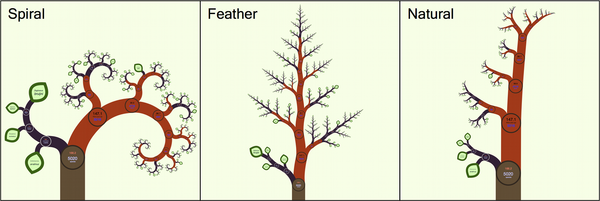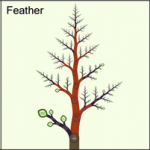For the longest time floral nectar was considered to be made of two components: simple sugars (such as sucrose, fructose and/or glucose) and water. Research carried out in the past two decades however has repeatedly shown this paradigm to be incorrect. As analytical techniques such as high resolution GC-MS and HPLC have become commonplace, the composition of floral nectar of hundreds of plant species has been investigated in detail. The findings of this research have revealed that floral nectar has a lot of components other than sugars; amino acids, lipids, proteins, and vitamins have been detected at low concentrations. One surprising class of constituents of floral nectar has been found in plant species belonging to over 21 different families; plant secondary metabolites. It is strange to see these secondary metabolites- compounds such as alkaloids, terpenes, and phenolics- in floral nectar because we normally associate them with defence of plants against herbivores. They are often repellent to insect visitors and can potentially cause floral nectar to be unappealing to flower-visitors. The paradoxical phenomenon has many potential adaptive and non-adaptive hypotheses (see Adler 2000 for an excellent review) and it’s a subject about which there has been some really exciting literature published lately.
At NERD club one of our discussions focused around this topic of “toxic nectar”. I study the toxins found in the floral nectar of Rhododendron ponticum, a group of compounds called grayanotoxins. R. ponticum is invasive in Ireland and I am particularly interested in the effects of these toxins on native Irish insects that may use this mass flowering resource in early spring. Our discussion ranged from thinking about work done in other systems in which plant toxins might play an important role to considering trophic accumulation and mechanisms by which organisms deal with ingestion of toxins. I enjoyed the meeting immensely and it made me reflect upon how useful it is to discuss your research with as many people as possible. The varying opinions and perspectives that colleagues form different departments can bring to the discussion are both insightful and inspirational. We get so involved in our own research it is refreshing to hear these different perspectives, so thanks to everyone who could come along!
Author
Erin Jo Tiedeken: tiedekee[at]tcd.ie
Photo credit
Erin Jo Tiedeken

